When a diamond painting is transported to the user, the surface of the canvas will be sticky. This sticky glue allows the diamond beads to stick firmly to the canvas. Because the canvas itself is sticky, glue is generally not used.
But there will always be situations that cause the canvas to lose its stickiness. At this time, diamond painting glue is needed to play its role. So what’s special about diamond painting glue? How to use it? If you have these problems, please continue reading.
Glue used in the process of making diamond paintings
There are two types of glue that are generally used for diamond painting. One is glue that only has an adhesion effect. The other is a glue that is both sticky and can seal. Because the second type of glue is used more frequently, we introduce it in this article.
This diamond painting glue is a specially designed adhesive for adhering diamond painting beads. Typically translucent, its viscosity and adhesive properties are carefully formulated to ensure that diamond beads are securely held during the diamond painting process while maintaining the texture and clarity of the canvas.
The role of diamond painting glue
Diamond painting glue plays the following roles in the production of diamond paintings. First of all, when the diamond painting canvas loses its stickiness, it acts as an adhesive to restore its stickiness, ensuring that the diamond beads adhere firmly to the canvas.
Secondly, the glue fills the gaps between the diamonds, making the overall surface smoother and improving the reflective effect of the diamonds, thus making the work more vivid.
Finally, after the diamond painting is completed, the glue serves to protect the work. Prevents diamonds from falling off or being damaged, and some glues are water- or dust-proof, extending the life of the piece and making it easier to clean and maintain. Therefore, diamond painting glue is one of the key factors in ensuring that the final piece is beautiful, long-lasting and easy to maintain.
Usage scenarios of diamond painting glue
The usage scenarios of diamond painting are as follows:
When your diamond painting canvas loses its stickiness: Sometimes, during the making process, the glue may have lost its stickiness in an area because it dried out or became dusty. At this time, you need to use diamond painting glue to repair it and restore the viscosity of the canvas.
When diamond paintings lose their stickiness after being stored for too long: Some diamond paintings of poor quality may lose some stickiness due to the influence of environment and time after being stored for a long time. This will cause the diamond beads to fall off easily. At this time, you need to use diamond painting glue to restore its adhesive properties.
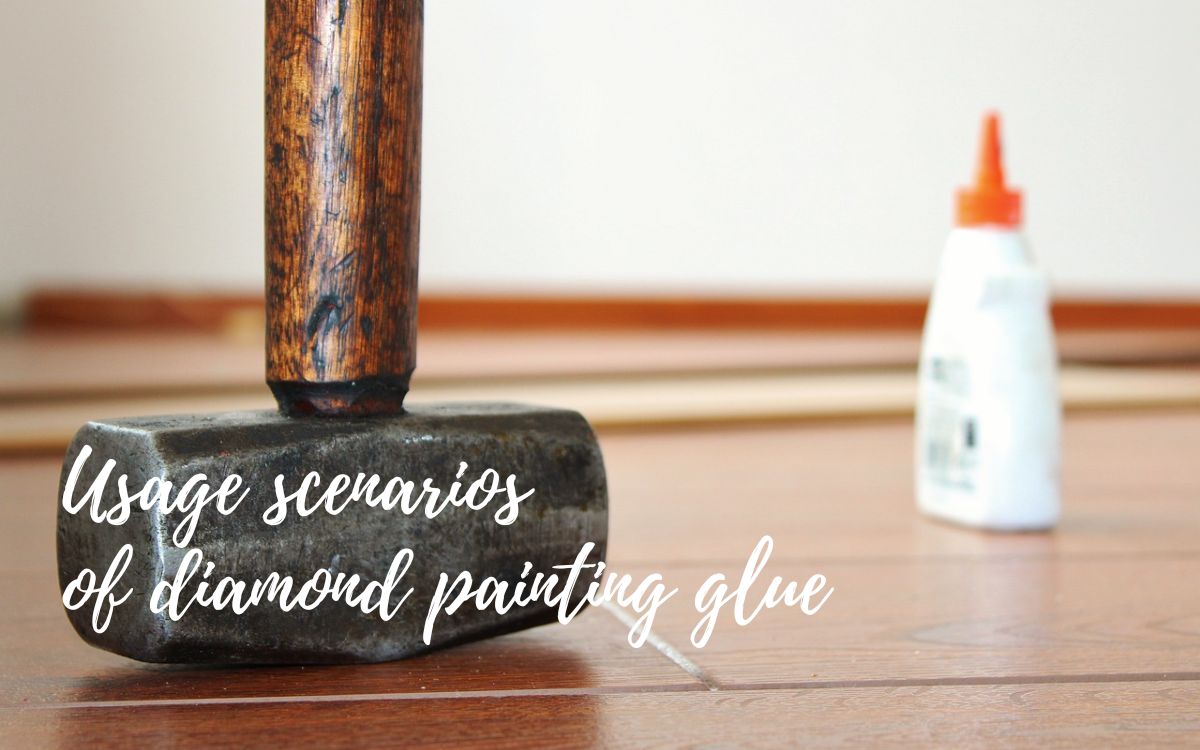
When paper scraps remain on the canvas when using parchment paper: During the production process, some people like to use parchment paper or diamond painting release paper. If this paper is used incorrectly, it will leave small scraps of paper on the canvas, causing the canvas to lose its stickiness. At this time, you need to use baby wipes to remove the scraps of paper on the canvas. After the canvas is dry, apply diamond painting glue to restore its stickiness.
When the canvas needs to be sealed: After completing a diamond painting, if it needs to be displayed at home, it is usually sealed first, using diamond painting glue. As for the detailed sealing operation, you can click to view this article: How to seal a diamond paintings.
These are the scenarios that generally require the use of diamond painting glue. You can use it according to your needs. It will bring certain convenience to your diamond painting journey.
Tips for dealing with glue on the edges of canvas
Due to incorrect operation, there may be excess glue on the edge of some canvases. These glues may affect your subsequent operations, so they need to be removed. If you want to know how to remove these glues, you need to know its characteristics.
The viscosity and texture of glue are generally affected by environmental humidity, temperature, storage methods and other factors. Therefore, when there is excess glue on the edge of the canvas, you can gently wipe it with a clean brush or a damp cloth to ensure that the canvas is clean and free of impurities. You can also use hot air to raise the temperature of the canvas to melt the glue, making it easier to remove the glue on the edge of the canvas.
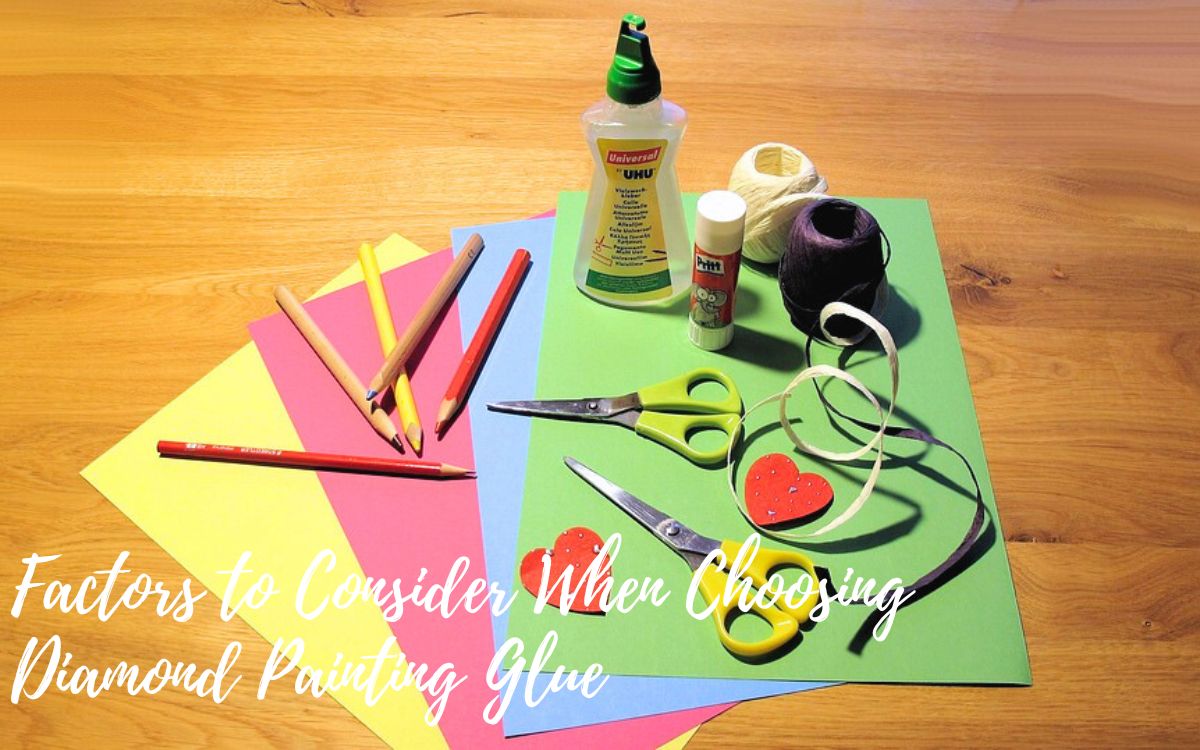
Factors to consider when choosing diamond painting glue
When choosing a glue or adhesive, you should consider the following factors:
Stickiness and Drying Time: Choose a glue that suits your work speed and needs, and make sure it's sticky enough to hold the beads in place before you finish painting the diamond.
Non-toxic and environmentally friendly: Make sure the glue you choose is harmless to health. It is best to choose non-toxic and environmentally friendly products.
Applicable canvas materials: Different canvases may require different types of glue, make sure to choose a product that is suitable for the canvas you are using.
Texture and Transparency: Considering how the glue will behave on the canvas, choose a texture and transparency that suits the style of your work.
ARTDOT Diamond Painting Glue
Click on the picture to buy
Use discount BD10 to enjoy 10% discount on the official website
Therefore, diamond painting glue plays a key role in the creation, not only brings convenience to store finished diamond art, but also improving the stability and beauty of the diamond on the canvas.
When selecting and using, reasonable consideration of various factors will enable you to better exert its magical bonding effect. So did this question come up again in your diamond painting journey? Please post your doubts in the comment area and let’s discuss it together.
Images from Amazon and Pixabay

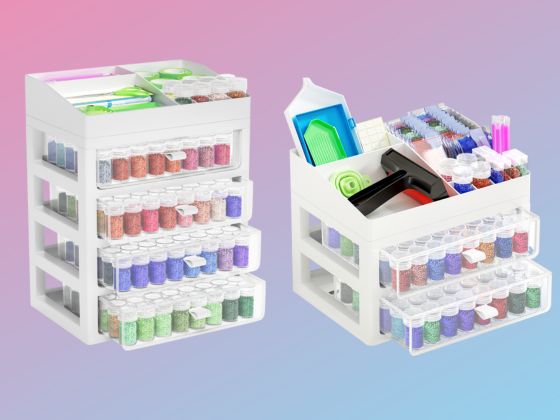
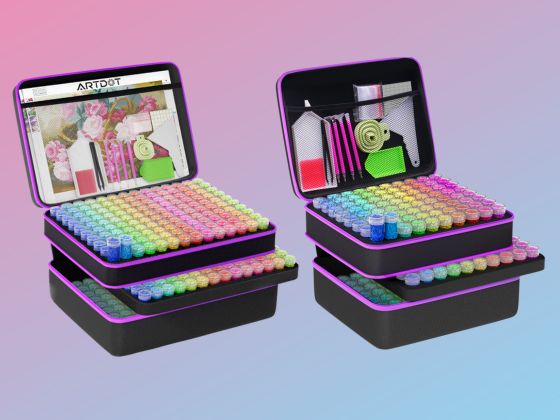
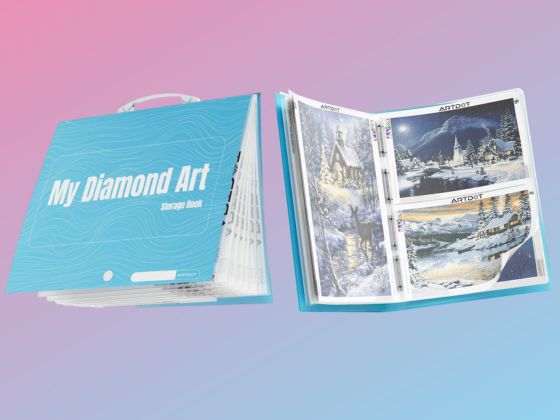
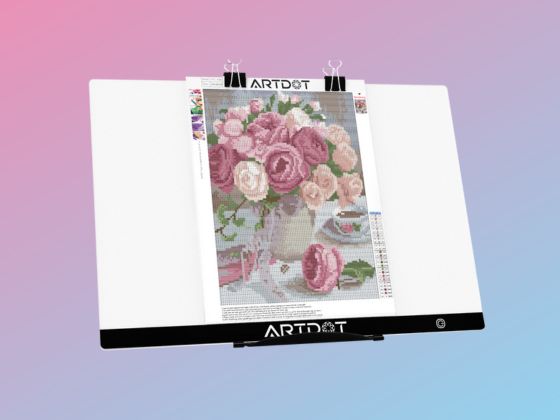
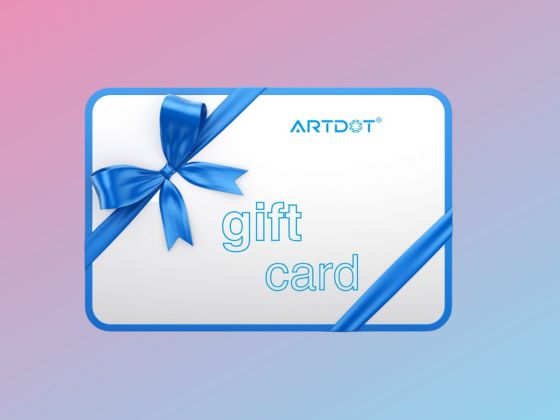
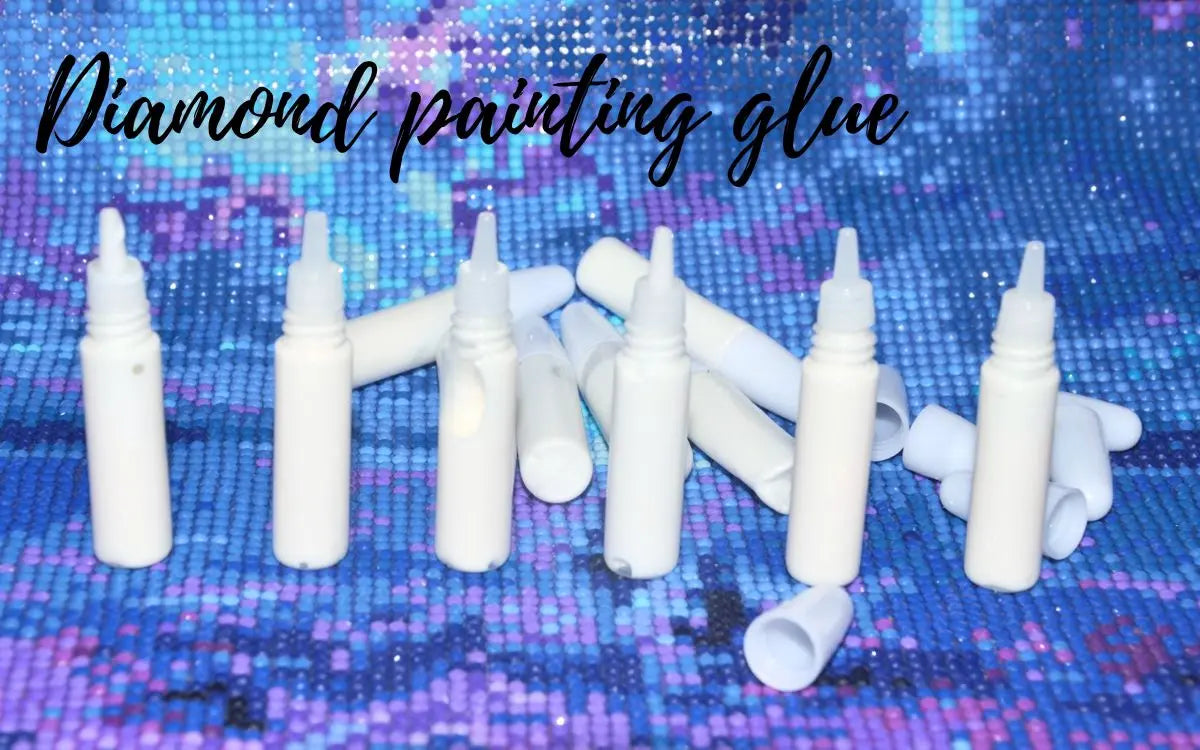

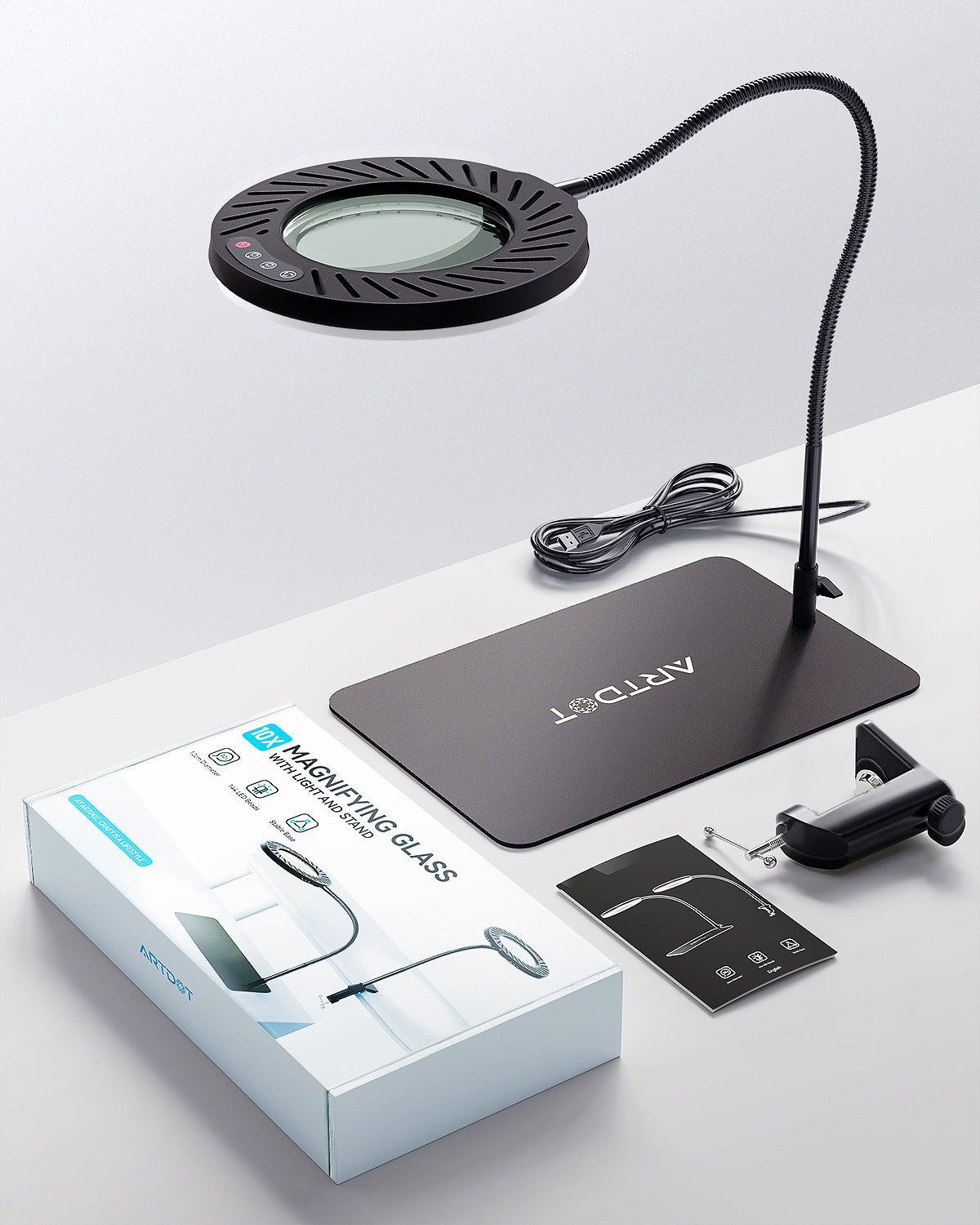
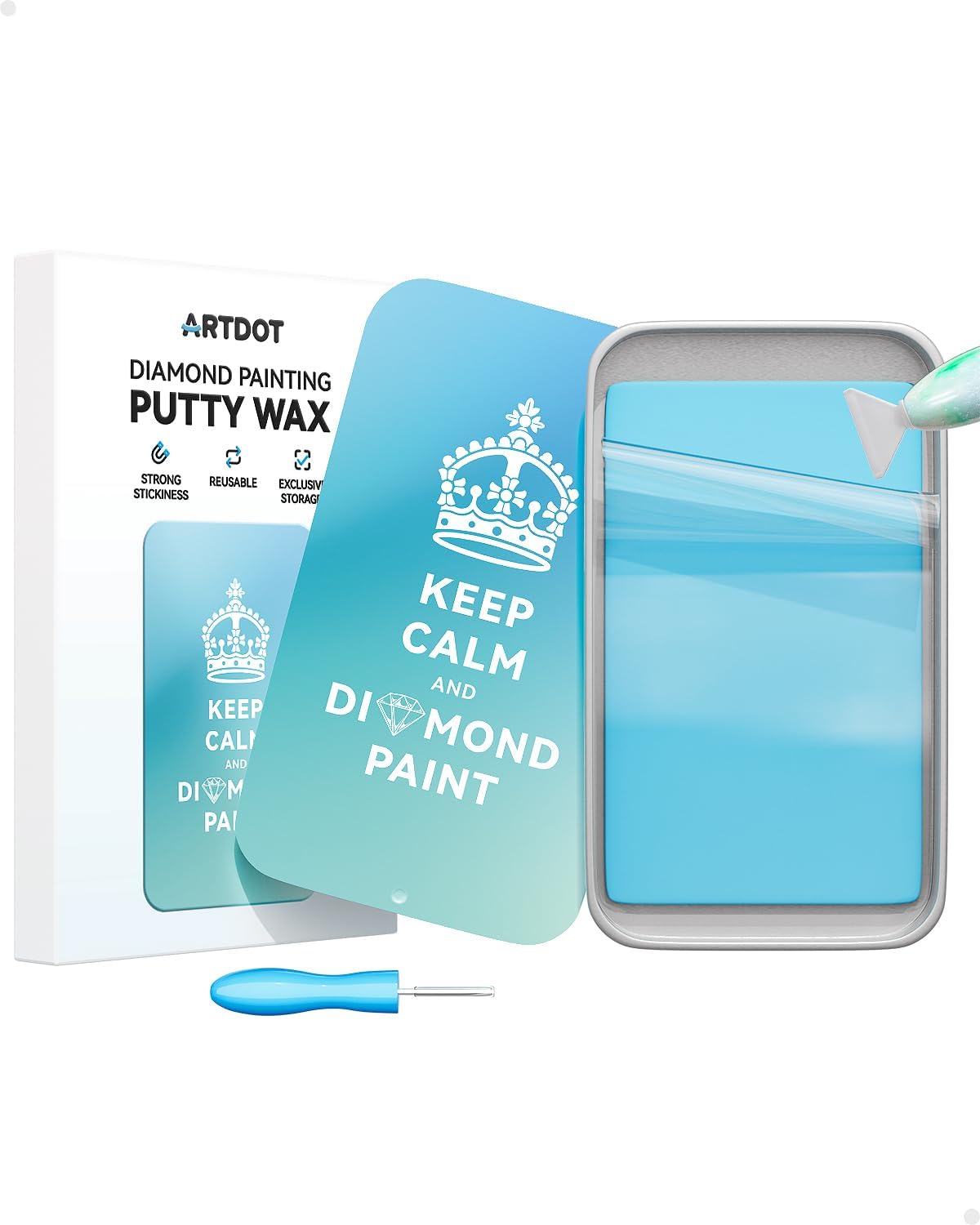
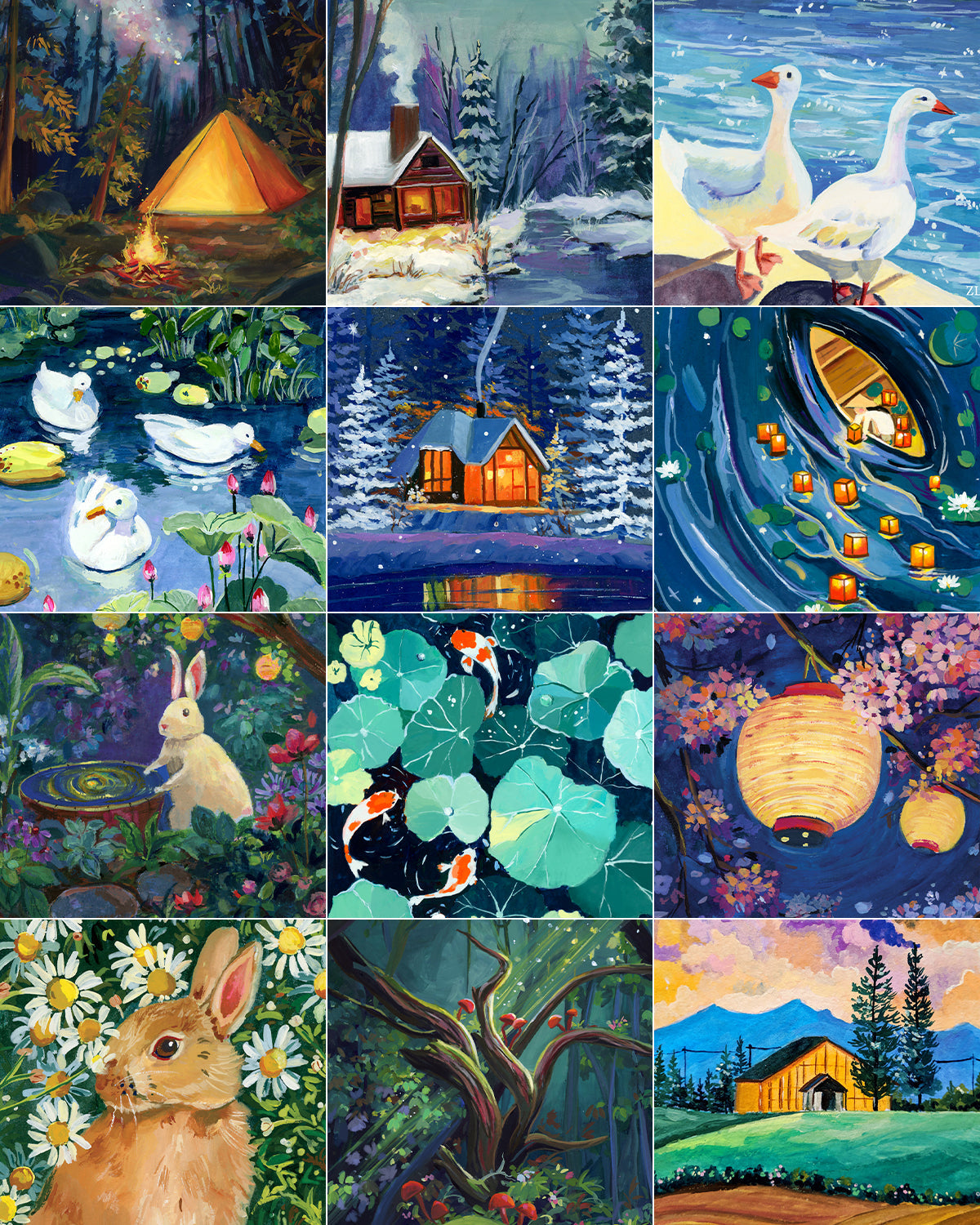



1 comment
Jennifer
Can this product be used on diamond coasters? Is it heatproof?
Thank you,
Jennifer
Can this product be used on diamond coasters? Is it heatproof?
Thank you,
Jennifer